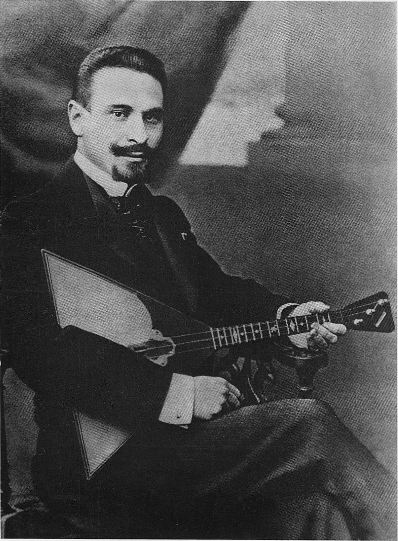Among the instruments used in Russian folk music, the balalaika stands out as not just the most recognized but as well as the symbol of Russian culture. Although it is a real surprise that we know little about this instrument, much is done for its development. In fact, the balalaika continues to evolve as a folk musical instrument and a member of the orchestra. The word balalaika was said to be similar to the Russian words, “балакать,” “балаболить,” and “балабонить,” meaning ‘jabber’ or ‘babble.’
According to historians, the balalaika came about centuries ago, but its exact dates of origin are still unknown. Meanwhile, others suggested that the balalaika was invented during the 13th century when the Mongols invaded Europe. Moreover, some accounts have also stated that Russian serfs likely used this instrument to play entertaining and cheerful songs. However, in the hands of a slightly drunk joker, also known as skoromohi, the said instrument became the weapon used in mocking the government. Consequently, Tsar Alexei Mikhailovich of the 17th century ordered to burn all the folk instruments, including the balalaika. Subsequently, about 200 years later, after the banned, the balalaika remained unpopular. This instrument might have gone entirely without the effort and conservation of a keen young musician.
The revival of the balalaika and other Russian folk music instruments was said to be owed to a young nobleman named Vasily Andreev, who was very keen on folk instruments. In addition to that, Andreev was also known as the father of the academic folk instrument movement in Eastern Europe. One of his accomplishments was the development of the standardized balalaika in the 1880s.
According to history, Andreev heard a serf playing the balalaika when he was touring one of his estates. Since then,he became fascinated to learn the instrument and perfected his craft. Because of this, several other musicians were inspired, including the son of an army man, Oleg Piskunov. When he was about three, Piskunov and his family often move around Russia and landed outside the Bezhetsk, the place where Vasily Andreev was born. Several musicians at his school also studied folk music, so that helps Piskunov in his musical training.
Furthermore, Vasily Andreev also helped to restart and perfect the balalaika manufacturing business. He then standardized the balalaika with minor modifications, such as changing the length of the instrument. The balalaika is a triangular instrument whose soundboard is made out of pinewood and a back made of beech. Most of the balalaikas have three strings, although some have four or six. The last two of these strings were tuned to the same note, which how most of the musicians tuned their instruments. In folk usage, the three strings of the balalaika are set to three different notes. Melodies are played by either plucking or strumming. Following the balalaika’s revival, they also found their place as a solo instrument and as a part of the orchestra musical instruments.
Part of Andreev’s mission was to bring back the instrument to the people. With that, he began teaching the soldiers, each of whom was handed an instrument. Andreev also composed music and conducted performances specifically for the balalaika. Due to his efforts, the balalaika had once again gained its popularity. Outside Russia, the growing interest in Russian folk music has enhanced the popularity of the balalaika. By the 20th century, the Russian Balalaika Orchestra first toured the North American continent. By the half of the century, a number of balalaika associations have been set up around the world.The balalaika plays a vital role in the orchestra and in groups that are performing Russian traditional folk music. As well as that, several Russian-American bands also used this instrument and balalaika-like guitars in order to create a unique Russian national taste during foreign tours. In fact, the glam metal band named Gory Park had performed months before the fall of the iron curtain and the Berlin Wall. The band’s repertoire includes the balalaika-like-guitars. Balalaikas are still produced in some musical instrument’s factories in Russia. However, homemade balalaikas remain precious and famous.
Not only was it used as an instrument, but its name was also used as a nickname for the Mikoyan-Gurevich MiG-21 fighter jet because of the shape of its wings.

